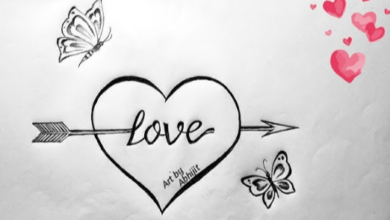Drawing:Q5pbirjjkfa= Butterfly

In the realm of artistic expression, capturing the delicate beauty of a butterfly through drawing is a testament to the artist’s skill and imagination.
This guide on ‘Drawing:Q5pbirjjkfa= Butterfly’ offers a structured approach to illustrating this symbol of freedom and transformation.
By understanding the anatomy of a butterfly, selecting the appropriate materials, and following a detailed step-by-step process, artists are empowered to bring their vision to life on paper.
The act of adding color and intricate details allows for personal interpretation and creativity, enabling individuals to embrace the freedom that artistry affords.
Mastering the art of drawing a butterfly is an invitation to explore the limitless possibilities of self-expression.
Anatomy of a Butterfly
The anatomy of a butterfly includes distinct body parts that play crucial roles in its life cycle and survival.
The wing structure of a butterfly is essential for its flight and reproduction.
Through adaptations like camouflage, butterflies can evade predators and blend into their surroundings effectively.
Understanding these intricate details of a butterfly’s anatomy provides insight into its remarkable ability to thrive in diverse environments and fulfill its purpose in nature.
see also: Turkey:Qdgzw27or-Y= Thanksgiving
Choosing the Right Materials
For optimal results in drawing a butterfly, selecting the appropriate materials is crucial. When choosing materials, consider color selection to capture the vibrant hues of a butterfly’s wings accurately.
Texture techniques play a significant role in conveying the delicate patterns on the wings. Experiment with different textures to add depth and realism to your butterfly drawing, allowing for creative freedom in your artistic expression.
Step-by-Step Drawing Process
Embark on the step-by-step drawing process to meticulously outline and refine the intricate details of a butterfly’s form and structure.
Start by sketching the basic body shape, paying attention to wing symmetry.
Then, gradually add in the delicate patterns and markings.
Utilize shading techniques to create depth and dimension, enhancing the butterfly’s visual appeal.
Take your time with each step, allowing your creativity to flow freely.
Adding Color and Details
Develop a vibrant color palette that complements the intricate details of the butterfly’s form, enhancing its visual allure and bringing the drawing to life.
Experiment with color mixing to achieve unique shades and tones that capture the butterfly’s essence.
Utilize shading techniques to add depth and dimension, creating a sense of realism in your artwork.
Conclusion
In conclusion, mastering the art of drawing a butterfly requires precision, patience, and attention to detail.
By carefully selecting the appropriate tools and following a systematic step-by-step process, one can bring the intricate beauty of these delicate creatures to life on paper.
The addition of vibrant colors and intricate details will elevate the drawing to a mesmerizing work of art that captivates and mesmerizes all who gaze upon it.




